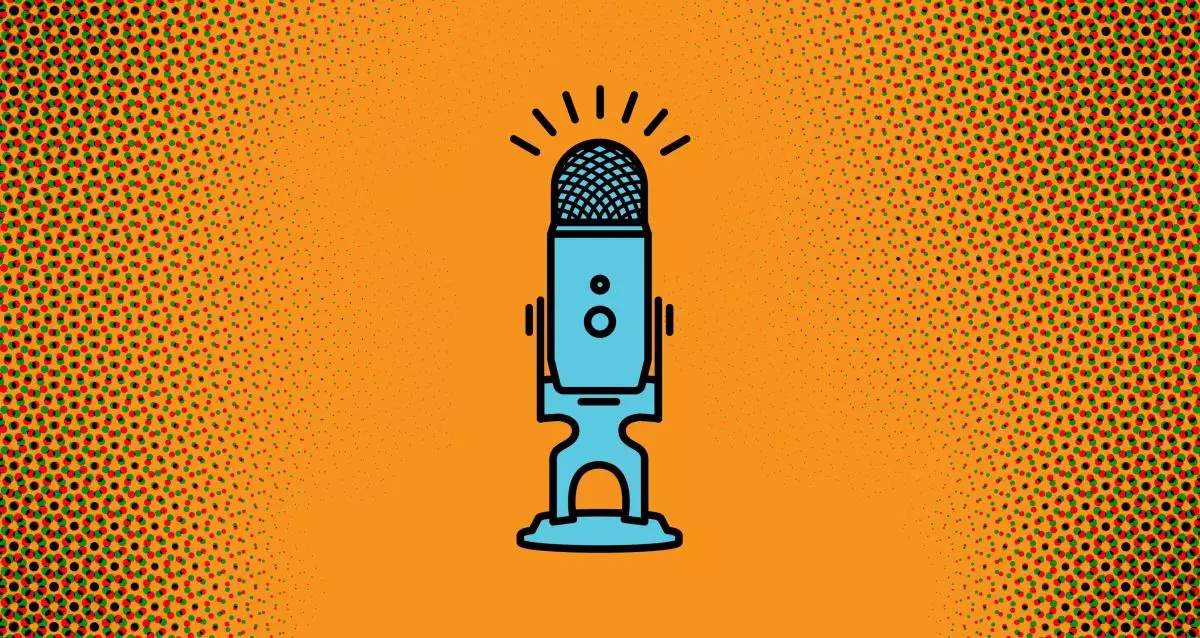The landscape of artificial intelligence is evolving at an unprecedented rate, with voice technology playing a pivotal role in this transformation. Sesame, an innovative AI company, recently launched its base model, CSM-1B, the engine that powers its highly realistic voice assistant, Maya. This model, featuring 1 billion parameters, is not just a technical feat but a landmark in the realm of voice synthesis. What sets CSM-1B apart is its availability under the Apache 2.0 license, allowing developers and companies the freedom to utilize it commercially with minimal restrictions—a development that could democratize AI voice technology.
CSM-1B employs RVQ, or residual vector quantization, which is designed to convert text and audio inputs into discrete audio codes. This technique is gaining traction across AI audio projects, utilized by tech giants like Google and Meta. By harnessing a model from Meta’s Llama family, and integrating an audio decoder component, Sesame crafted a sophisticated model that promises to deliver diverse voice outputs. However, it’s significant to note that CSM-1B is a general model without the refinement of a specific voice, indicating its adaptability while simultaneously implying a need for further development to meet niche applications effectively.
The Promise and Peril of Voice Cloning Technology
While the capabilities of CSM-1B are impressive, they also raise valid concerns regarding ethical usage. Sesame has put forth an honor system, appealing to the conscience of developers and users not to mimic individuals’ voices without consent or engage in malicious activities such as creating misleading content. The reality, however, is that while such good intentions are commendable, they are often not enough. My own experience using the demo on Hugging Face demonstrated just how easily one could clone a voice and generate speech on contentious topics; the mere click of a button made it possible to discuss polarizing issues like election integrity or misinformation campaigns in a convincingly personal voice. This immediacy and accessibility only heighten the urgency for robust ethical guidelines and safeguards.
Consumer Reports flagged these alarming issues, pinpointing that many commercial AI voice cloning tools fall short in providing “meaningful” protections against misuse. While Sesame aims to cultivate responsibility among its users, the absence of inherent restrictions within the model puts consumers at risk of fraud and manipulation. This contradiction highlights a significant gap in how advanced technology is navigating the complex ethical terrains of consent and authenticity.
Innovative Features Breaching the Uncanny Valley
Nevertheless, the technology powering Maya and Sesame’s vocal platforms is groundbreaking. Echoing the advancements made by companies like OpenAI, Maya and its counterpart Miles embody a level of interactivity and realism that straddles the fine line of the uncanny valley. Their ability to take breaths, exhibit natural speech disfluencies, and accommodate interruptions creates a uniquely human-like interaction. This is not merely a matter of aesthetics but a fundamental shift in how human beings may relate to AI in the future.
Given the company’s pedigree, co-founded by Brendan Iribe, an Oculus co-creator, it stands to reason that Sesame’s technology is designed not just to impress but to revolutionize the realm of interaction in tech. Additionally, the company’s ambitious plans for developing AI glasses equipped with their voice models showcase a desire to integrate this technology seamlessly into daily life, hinting at a future where AI is not a tool but a companion augmenting human experience.
The Future of Voice Technology: Challenges Ahead
Despite these advancements, challenges loom on the horizon. As the tech world anticipates prolonged engagement with rendered voices, developers must tread carefully. The intersection of innovation and ethical responsibility will define the future trajectory of voice technologies like CSM-1B. While the excitement around the potential applications is palpable, it is paramount that stakeholders embrace a mindset of accountability to mitigate risks associated with such powerful tools.
Ultimately, while Sesame opens an expansive frontier with CSM-1B, the implications of this technology extend far beyond its functional capabilities. The blend of innovation, ethics, and consumer responsibility will shape how society integrates these advancing technologies, setting the stage for a new era of communication.

